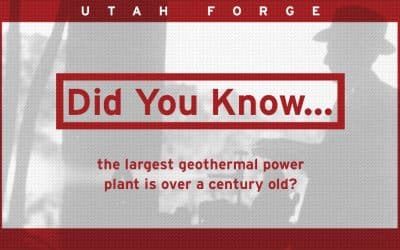So, why is geothermal important for Mars? First, there are very few options that will be effective in that planet’s environment; there is very little wind on Mars, solar power generation would be ineffective due dust storms and cold temperatures harming solar panel infrastructure, and nuclear energy requires a substantial amount of time to build the infrastructure to operate. And while nuclear is one of the most optimistic possibilities to generate electricity, scientists believe that geothermal energy is a pivotal step towards the planet’s colonization. Not only can it provide heating, but it is renewable and actually more efficient than it is on Earth; since low gravity and atmospheric pressure means that the rocks are less dense and more permeable!
If humanity wants to sustainably live on Mars, the potential for geothermal energy is truly out of this world!
Photo credits:
Top: Source – Space.com 12/12/20, “On Mars, internal heat may have powered habitable hotspots long ago,” written by Mike Wall. Cited credits: (Image credit: ESA/DLR/FU Berlin, CC BY-SA 3.0 IGO. 3D rendered and colored by Lujendra Ojha)
In text: Source – universetoday.com, 7/25/17, “Ancient Volcanoes on Mars Could Have Been the Place for Life,” written by Matt Williams. Cited credits: (Image of young volcanoes at the base of Coprates Chasma on Mars, obtained by the Mars Reconnaissance Orbiter. Credit: NASA/JPL/University of Arizona)
REFERENCES:
Cathcart, Robert (2023). Powering the Red Planet: Solar energy innovations for Mars exploration. EEPower. https://eepower.com/industry-articles/powering-the-red-planet-solar-energy-innovations-for-mars-exploration/#
Dorminey, Bruce (2016). Why Geothermal Energy Will Be Key To Mars Colonization. Forbes. https://www.forbes.com/sites/brucedorminey/2016/09/30/why-geothermal-energy-will-be-key-to-mars-colonization/
John Hopkins University Applied Physics Laboratory. (n.d.). Crism Web Site. https://crism.jhuapl.edu/science/geology/physiography.php
Morgan, Paul (2009). Geothermal energy on Mars. doi.org/10.1007/978-3-642-03629-3_11
Wei-Haas, Maya (2019). First active fault zone found on Mars. National Geographic. https://www.nationalgeographic.com/science/article/first-active-fault-system-found-mars2
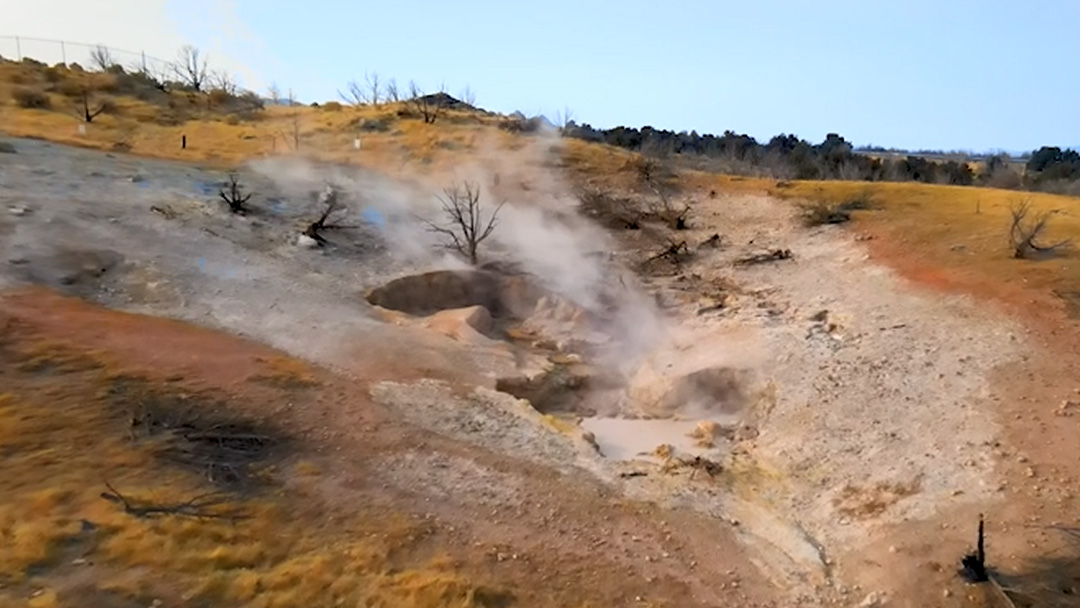
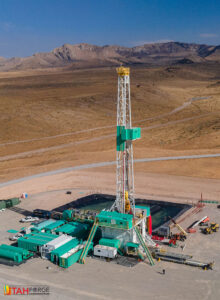
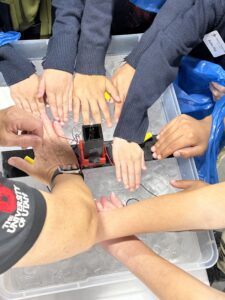

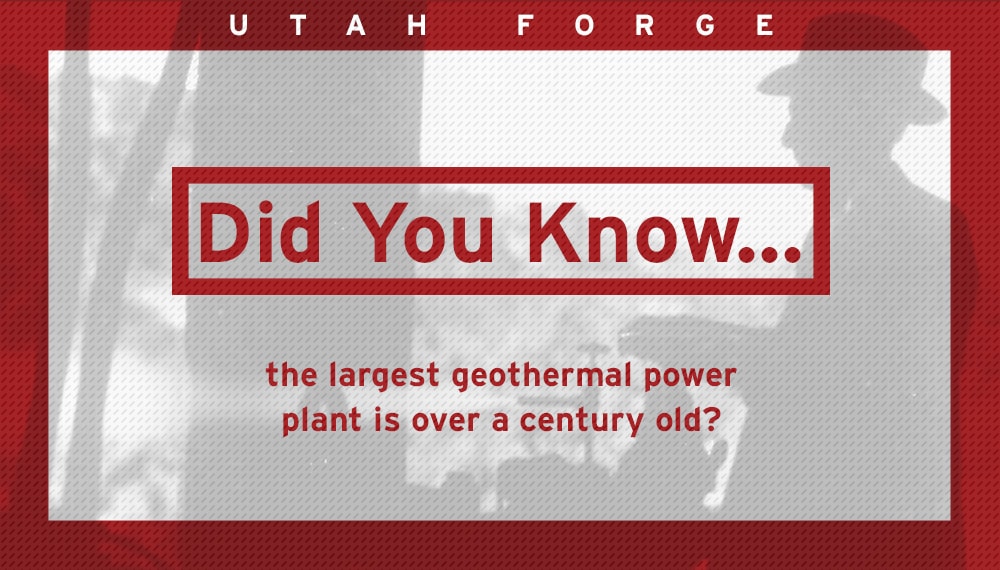


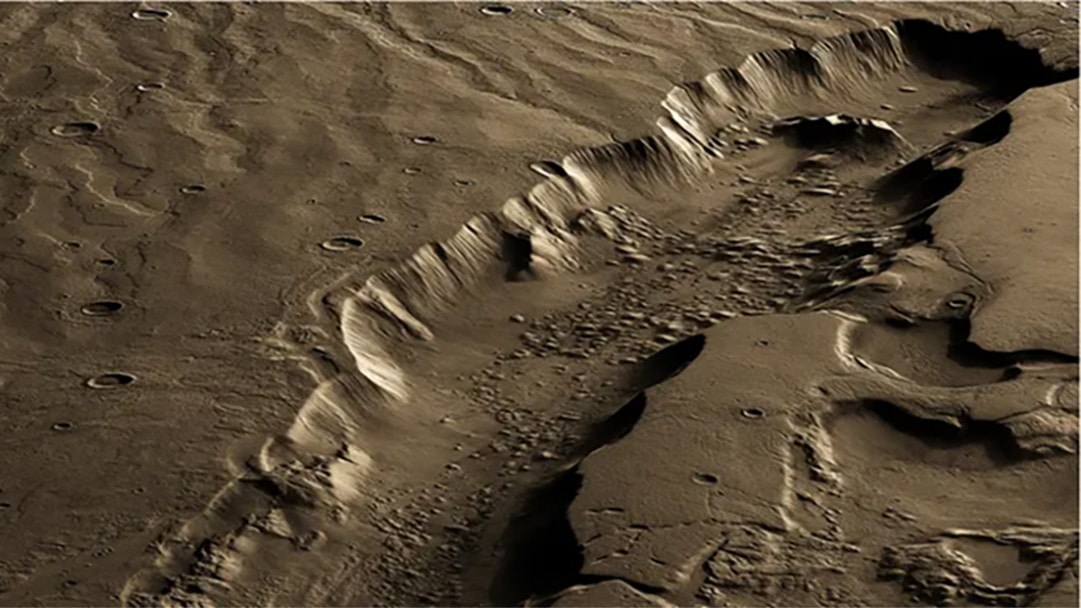
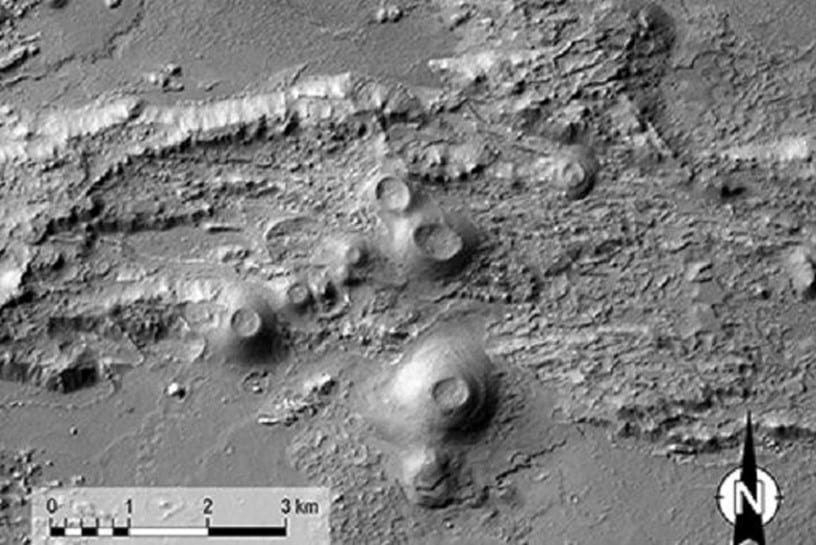 There are a few main reasons why scientists believe in Martian geothermal viability. First, the Red Planet has a broad range of terrestrial heat flow. While there have been no concrete experiments, the heat flow is theorized to vary depending on the geographic region. This is due to tectonism, found in faulting, folding, and uplifting of tectonic plates, and “young” volcanism, volcanic activity believed to have occurred within the last 100 million years. These events and the diversity in temperature might prove a good environment for geothermal energy on the planet. Scientists have determined that Martian heat flow fluctuates between high and low temperatures, and with enough discovery, we will find areas that are hot enough for utilization.
There are a few main reasons why scientists believe in Martian geothermal viability. First, the Red Planet has a broad range of terrestrial heat flow. While there have been no concrete experiments, the heat flow is theorized to vary depending on the geographic region. This is due to tectonism, found in faulting, folding, and uplifting of tectonic plates, and “young” volcanism, volcanic activity believed to have occurred within the last 100 million years. These events and the diversity in temperature might prove a good environment for geothermal energy on the planet. Scientists have determined that Martian heat flow fluctuates between high and low temperatures, and with enough discovery, we will find areas that are hot enough for utilization.
